Finding North and time by stars in the tropics
by tonytran2015 (Melbourne, Australia).
Click here for a full, up to date ORIGINAL ARTICLE and to help fighting the stealing of readers’ traffic.
#find North, #finding North, #direction, #by stars, #Mercator, #sky map, #star map, #declination, #right ascension, #tropic.
This posting gives a method of using stars in the tropics under adverse effects of high skyline and bright sky. It is applicable whenever more than 30% of the night sky is seen.
It is based on the traditional tropical Oriental country methods, with the added improvement by using accurate data on dates and angular distances between stars for their identification. It is useful when the sky is unclear and restricted such as in cities with high skyline and bright sky.
1. Identifying bright stars in the tropics.
Figure 1: Table of 20 brightest stars plus two additional easily identifiable stars for navigation in the tropics.
People in the tropics learned using stars differently from people in the temperate zones.
In the tropics it is difficult to see the polar and circumpolar stars to start identifying stars. Traditional (not influenced by Western astronomical knowledge) country methods by tropical people ignore the polar stars and rely on the dates of tropical stars and their order of succession in the sky to identify them.
Any tropical star is visible nightly (either from Sunset to its setting or from its rising to Sunrise) for more than 10 months each year. The visibility cycle for each star begins with the star seen rising near the Eastern horizon few minutes before Sunrise. On subsequent days, the star rises earlier and earlier, it travels gradually towards the West and remains for longer and longer duration in the night sky until one day it stays for the whole night. The star is therefore called a star of that date. After that day, the star is seen setting in the West in the night. On subsequent days, its lead on the Sun gradually increases and it sets on the West at earlier and earlier time. Near the end of the cycle, the star is visible above the Western horizon for only few minutes after Sunset. It then sets on the West. At the end of this cycle, the star is too close to the Sun to be visible in the sky. The cycle then repeats from the beginning.
Figures 2,3: The Mercator map of the sky for inhabitants of Tropical Zone. North direction is on its top. 24hr of R.A. is near the center and R.A. increases towards the left (East) of the map. The map is to be read South side up in the Southern hemisphere. Click to enlarge figure.
The table of this step shows the stars in their order of appearance in the year. The date of a star is the night when the star attains its highest elevation at mid-night (when the hidden Sun has the most negative elevation) and it is visible for that whole night.
2. Identifying stars positively using patterns in the map.
Figure 1: Sky map for the tropic. It is a Mercator map of the central strip of the night sky for printed side down reading. An observer looking up will see that the continuous strip made up of this map and its identical copies slowly and repeatingly moves from its left (aligned to rise on the East of the sky line) to its right (aligned to set on the West of the sky line).
The bright stars for the date near to the current date are then joined to its neighbours of similar brightness to reveal their relative directions and distances. These directions and distances form shapes and sizes to positively identify the stars.
As only the 20 brightest stars are used with large unique patterns in the sky, there is no possibility of having two similar patterns with equal sizes. A user of this method matches the observed shapes in the sky and compare them with those given in the map to identify stars positively.
The map of this step (for printed side down reading) shows the stars in a central strip of 120 degree width going across the sky starting from the Eastern horizon and ending at the Western horizon. An observer lying on his back, looking upwards vertically will see a part of a long continuous strip made up of the map in this step joined by its identical copies slowly rises from the Eastern horizon, moves across the sky (the right hand side of the map leads, left hand side trails) then sets on the Western horizon. He can only see those stars of this map within a window of 12 hours width (in the direction of left to right on the map) when there is no sunlight. The window remains stationary while the continuous strip, being the map here followed by its identical copies, moves across the sky (the right hand side of the map leads and left hand side trails). This is illustrated in the following four maps of the tropical mid-nights and their four approximate zenithal maps to be found at the end of this section.
Figure 2: Reading the Mercator sky map (with a grid of azimuth and elevation lines) at midnight Dec. 21st from the equator.
Figure 3: Reading the Mercator sky map (with a grid of azimuth and elevation lines) at midnight Mar. 21st from the equator.
Figure 3: Reading the Mercator sky map (with a grid of azimuth and elevation lines) at midnight Jun. 21st from the equator.
Figure 3: Reading the Mercator sky map (with a grid of azimuth and elevation lines) at midnight Sep. 23rd from the equator.
The users of this method should keep in their minds that some bright planets (especially the outer planets Mars, Jupiter, Saturn) may wander on the ecliptic (drawn on the map) and cross some area under observation to confuse the identification of stars and constellations. The positions of those such slowly moving bright planets should be noted when observation condition is favourable.
Example:
For May 15th, the star to use is Antares (of May 29th) in the Scopii. The nearby stars to use are
Spica (201.3 deg R.A., -11.1 deg decl.),
Arcturus (213.9 deg R.A., +19.2 deg decl.),
Antares (247.3 deg R.A., -26.4 deg decl.),
Vega (279.2 deg R.A., +38.8 deg decl.).
3. Mercator maps and the distances on them.
Figure: Approximate zenithal map of the tropical midnight sky for December 21st. Positions of stars near the horizon are not accurate in these maps. The maps are obtained by placing circular windows of 12h width on the Mercator map.
Figure: Approximate zenithal map of the tropical midnight sky for March 21st. Positions of stars near the horizon are not accurate in these maps. The maps are obtained by placing circular windows of 12h width on the Mercator map.
Figure: Approximate zenithal map of the tropical midnight sky for June 21st. Positions of stars near the horizon are not accurate in these maps. The maps are obtained by placing circular windows of 12h width on the Mercator map.
Figure: Approximate zenithal map of the tropical midnight sky for September 23rd. Positions of stars near the horizon are not accurate in these maps. The maps are obtained by placing circular windows of 12h width on the Mercator map.
The map in the preceding step uses a Mercator projection to preserve angles. This projection specifies that
(Vertical distance to equator on Mercator map)/(dist. to equator by rectilinear scale) =
(180deg/3.14159rad) × ln((1+tan(0.5×decl.))/(1-tan(0.5×decl.))) / declination.
The projection makes small shapes look similar to the original shapes on the Celestial sphere. Equatorial shapes on the Celestial sphere are faithfully represented. However shapes near the polar regions of the Celestial sphere are enormously overstretched by this type of maps. The distortion can be easily seen by comparing the Mercator map given here and the two polar maps given in reference [2].
The equator line of a Mercator map can be used as a scale to measure distances between stars near to the equator. The vertical lines for of Right Ascension divides it into hours. Each hour of R.A. corresponds to 15 degrees on the Equator line.
The distance between two close stars anywhere on the map is their distance measured on the map multiplied by the cosine of the declination angle of their midpoint.
When the two stars are widely separated, the great circle arc joining them is divided into (about 3) small segments and their distances are added together to give the total distance.
Example:
The distance between Sirius and Canopus on the map of step 2 is measured (using the equator line as a scale) to be nearly 47 degrees in length.
Their midpoint is nearly at 40 degrees (in absolute value) in declination.
Their great circle distance on the Celestial sphere is therefore nearly
47deg X cos(40deg) =36 deg.
This is reasonably close to the actual distance of 36 degrees deduced from the values obtain from their declination and R.A. values given in the table of step 1
4. Measuring the angle between any two stars.
The actual angular distance between any two stars in the sky can be measured using a compass divider with each leg pointing to a star and their angle measured on a protractor.
The two legs of the compass divider can be substituted by two stretched fingers on one hand. The protractor can be substituted by a 12h clock face with each hour marking representing 30 degree angle separation.
(Instrumental navigators use sextants for highly accurate measurements of angles between stars and they can quickly decide on the identity of stars.)
5. Finding time with stars.
On its date, a star reaches its meridian at midnight. Every month before/after that the star reaches its meridian plane two hours later/earlier.
The user of the method should add the difference between zonal time and local time (when noon is at 12am) to obtain the zonal time.
6. Conclusions.
1/- I have tested this method in Saigon, a city with unclear sky and high-rise buildings and found it to be applicable in 80% of the non-rainy nights.
2/- Users of this method should take care not to mistake planets for dimmer stars along the ecliptic.
Reference.
[1]. tonytran2015, Finding North direction and time by stars, survivaltricks.wordpress.com, https://survivaltricks.wordpress.com/2015/08/28/finding-north-and-time-by-stars/ , posted on August 28, 2015.
Added after 2018 July 20:
[2]. https://misfitsandheroes.wordpress.com/2012/08/28/ancient-navigators/
[3]. http://www.ancient-wisdom.com/zodiac.htm
RELATED SURVIVAL blogs
, posted on 2018 July 10
Finding-north-by-stars-for-beginners, posted on September 20, 2017
Finding North and time by stars. Posted on August 28, 2015
Finding North and time with unclear sky. Posted on October 17, 2015.
Finding North direction and time by any bright star, posted July 22, 2016
The Orion constellation., posted December 26, 2016

The Scorpius constellation, posted on January 8, 2017
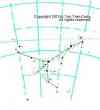

Slide Sky-Map for displaying tropical stars, posted on October 7, 2016
Navigating with an AM MW radio receiver, posted January 17, 2017, The Scorpius constellation, posted January 8, 2017, The Orion constellation., posted December 26, 2016, Rice as emergency food., Using GPS in off-grid situations, Slide Sky-Disks with grid masks showing azimuths and altitudes, Slide Sky-Map for displaying tropical stars.
Click here for my other blogs on  SURVIVAL
SURVIVAL
SURVIVAL CONTENTS BLOG IMAGE OF SURVIVAL CONTENTS
![]()
MONEY CONTENTS BLOG IMAGE OF MONEY CONTENTS
SOCIAL ISSUES CONTENTS BLOG IMAGE OF CONT. OF SOCIAL ISSUES
LIVING BLOG LIVING CONTENTS BLOG IMAGE OF LIVING CONTENTS
HOW TO BLOG HOW TO CONTENTS BLOG IMAGE OF HOW TO CONTENTS
Click here go to  Home Page (Navigation-Survival-How To-Money).
Home Page (Navigation-Survival-How To-Money).
ARCHIVAL HOME PAGE CONTENTS HOME PAGE BLOG IMAGE OF CONTENTS HOME PAGE

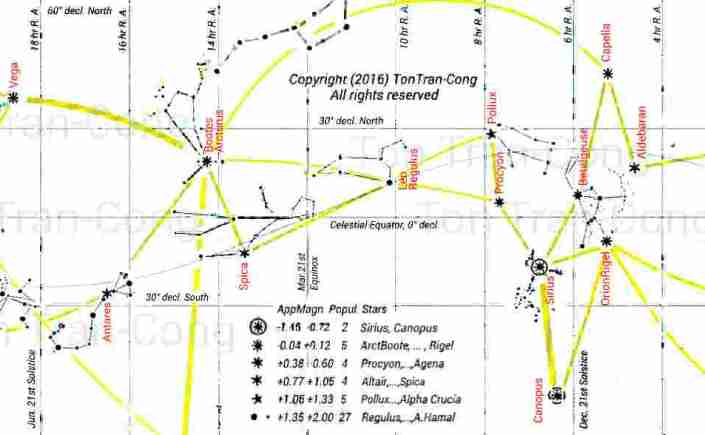



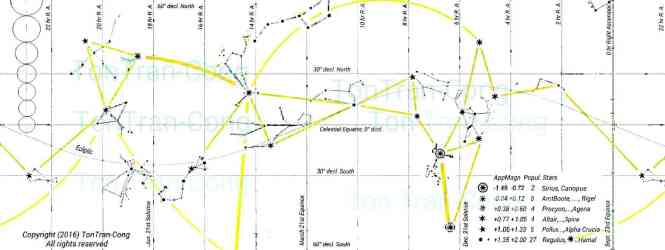


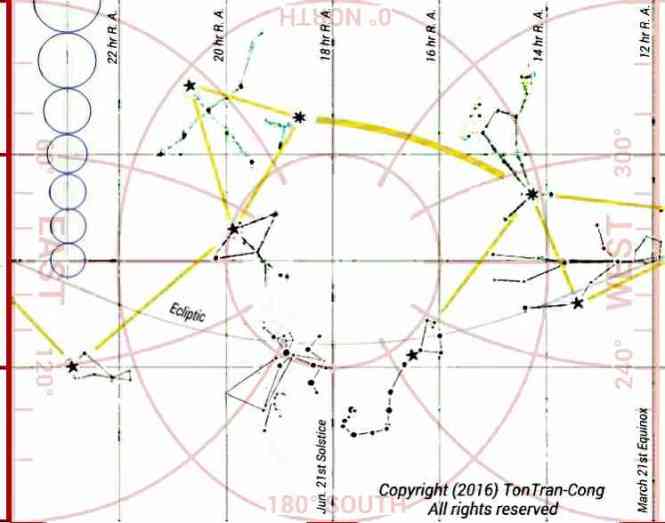
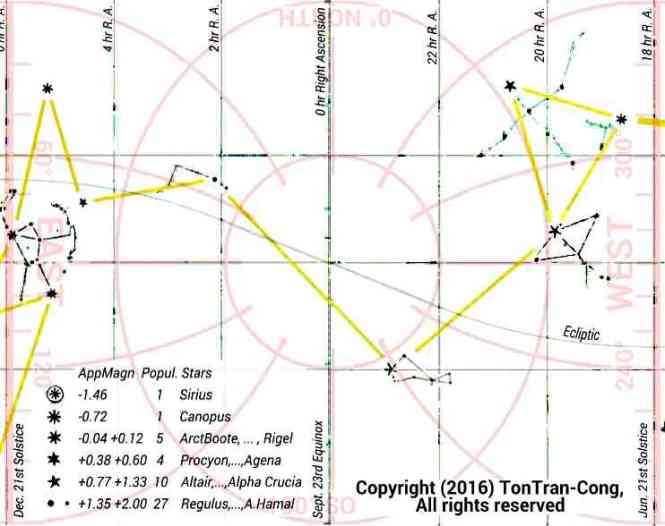
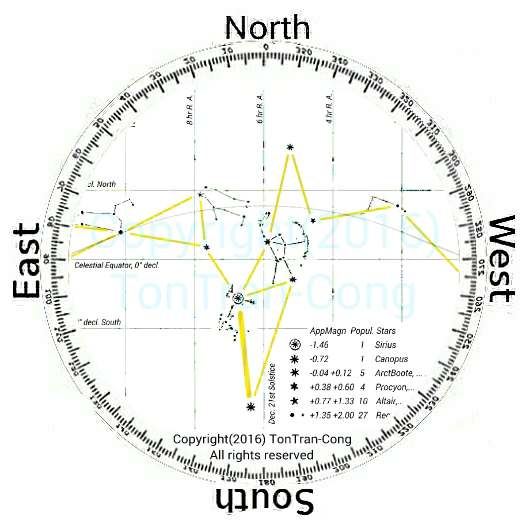
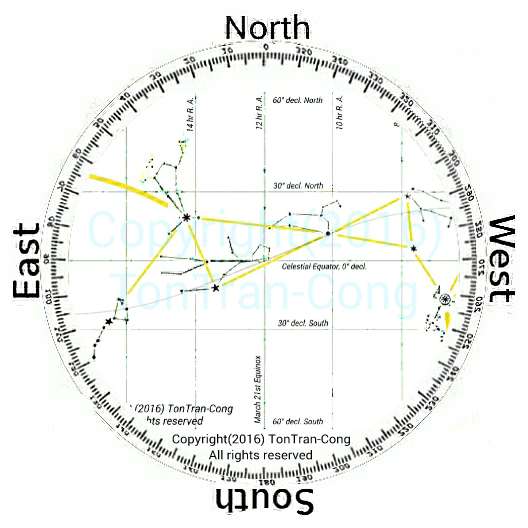

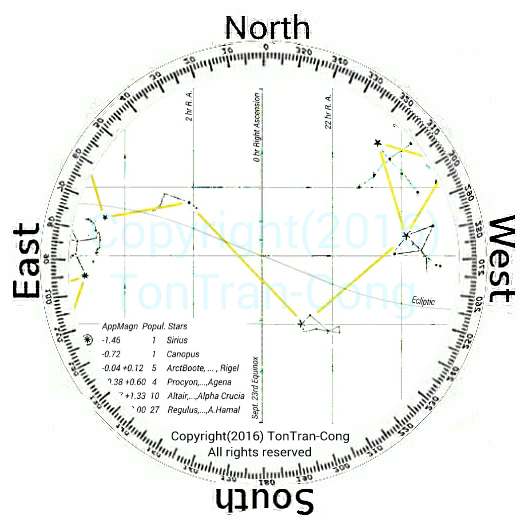






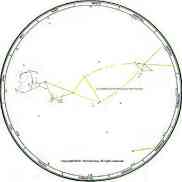
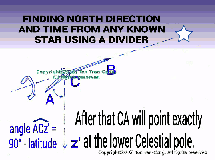

Thanks a lot for providing individuals with an extremely nice possiblity to read articles and blog posts from this site. It’s usually so pleasurable and as well , jam-packed with amusement for me personally and my office co-workers to visit your website at minimum three times in one week to read through the newest guidance you have. And of course, I’m just at all times satisfied with the special secrets you give. Certain 1 facts on this page are ultimately the most impressive we’ve ever had.
LikeLike
Great – I should definitely pronounce, impressed with your web site. I had no trouble navigating through all tabs as well as related info ended up being truly simple to do to access. I recently found what I hoped for before you know it in the least. Reasonably unusual. Is likely to appreciate it for those who add forums or something, site theme . a tones way for your client to communicate. Nice task.
LikeLiked by 1 person
Great site. Plenty of useful information here. I am sending it to some friends ans also sharing in delicious. And certainly, thank you on your sweat!
LikeLiked by 1 person
You could definitely see your expertise in the work you write. The arena hopes for more passionate writers like you who are not afraid to mention how they believe. Always follow your heart. “If the grass is greener in the other fellow’s yard – let him worry about cutting it.” by Fred Allen.
LikeLike
Yeah bookmaking this wasn at a bad determination outstanding post!
LikeLike
Say, you got a nice article post.Really looking forward to read more. Will read on
LikeLike
This is a good tip particularly to those new to the blogosphere. Brief but very accurate information… Thank you for sharing this one. A must read post!|
LikeLike
Woah! I’m really enjoying the template/theme of this website. It’s simple, yet effective. A lot of times it’s very hard to get that “perfect balance” between superb usability and appearance. I must say you have done a very good job with this. Also, the blog loads extremely fast for me on Firefox. Superb Blog!|
LikeLike
I was very pleased to discover this site. I wanted to thank you for your time for this particularly fantastic read!! I definitely savored every part of it and i also have you bookmarked to see new information in your website.|
LikeLike
Appreciate the recommendation. Let me try it out.|
LikeLike
I think the admin of this web site is genuinely working hard in support of his website, since here every material is quality based data.|
LikeLike
At the moment having guest writers is beyond my plan: I still need to change and reorganize materials in my blogs quite a lot and have to do them very quickly. Having guest writers is not yet in the plan.
Thank you for your interest and offer.
LikeLike
I think the admin of this web site is actually working hard in support of his site, as here every material is quality based stuff.|
LikeLike
Hello! Do you use Twitter? I’d like to follow you if that would be okay. I’m definitely enjoying your blog and look forward to new posts.|
LikeLiked by 1 person
Sorry, I am not using Twitter.
LikeLike
My spouse and I absolutely love your blog and find the majority of your post’s to be just what I’m looking for. Do you offer guest writers to write content available for you? I wouldn’t mind composing a post or elaborating on a lot of the subjects you write about here. Again, awesome website!|
LikeLike
Right now it sounds like Expression Engine is the top blogging platform available right now. (from what I’ve read) Is that what you’re using on your blog?|
LikeLike
I am only using the standard blogging platform provided by WordPress.
LikeLike